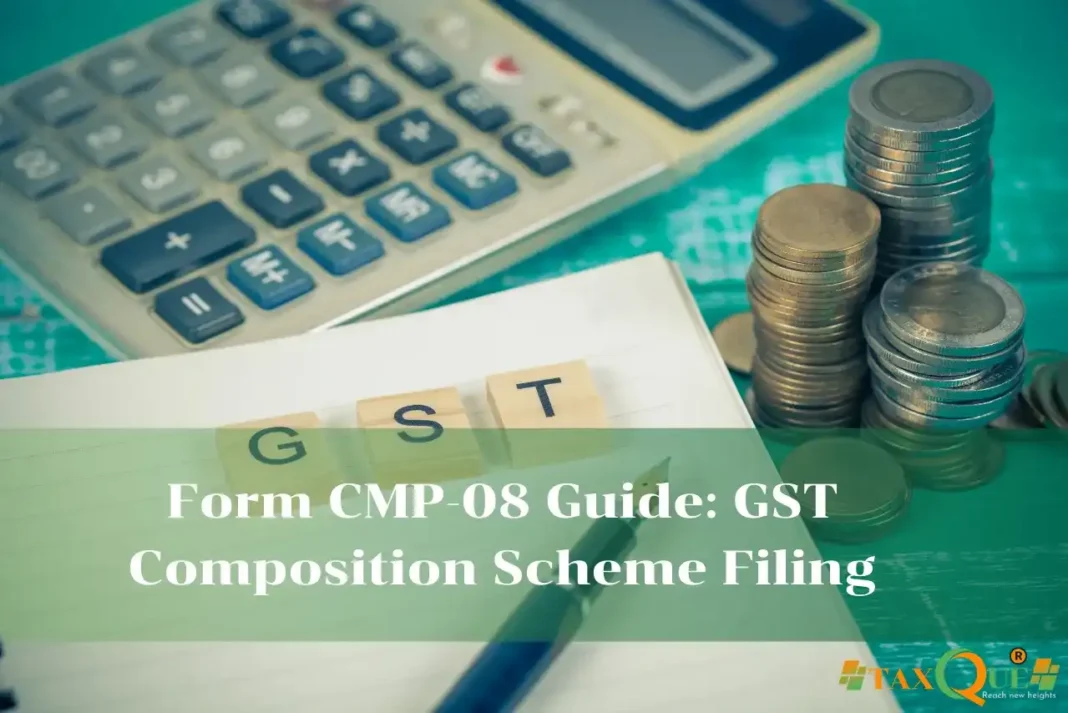Introduction
The mutual divorce procedure in India offers a simple and amicable way for couples to end their marriage when both agree to part ways. Governed by laws like the Hindu Marriage Act, 1955, or the Special Marriage Act, 1954, this process is faster and less stressful than contested divorce. By following the mutual divorce procedure, couples can settle issues like alimony and child custody peacefully. In this guide, we’ll explain the steps, eligibility, documents, costs, and more, based on verified information as of June 2025.
What is the Mutual Divorce Procedure?
The mutual divorce procedure, also known as divorce by mutual consent, allows both spouses to jointly file for divorce without blaming each other. It’s a no-fault process where both parties agree that their marriage cannot continue due to irreconcilable differences. The process is governed by different laws based on the couple’s religion or marriage type:
- Hindus, Sikhs, Jains, Buddhists: Section 13B of the Hindu Marriage Act, 1955.
- Christians: Indian Divorce Act, 1869, and Indian Christian Marriage Act, 1872.
- Muslims: Dissolution of Muslim Marriages Act, 1939, and Shariat law.
- Parsis: Parsi Marriage and Divorce Act, 1936.
- Interfaith/Civil Marriages: Special Marriage Act, 1954.
Example: A Hindu couple married for two years but living separately can use the mutual divorce procedure to dissolve their marriage amicably.
Eligibility for Mutual Divorce
To proceed with the mutual divorce procedure, couples must meet specific conditions:
- One-Year Separation: Both spouses must have lived separately for at least one year before filing.
- Mutual Consent: Both must agree to end the marriage and file a joint petition.
- Irreconcilable Differences: They must state that the marriage has broken down and cannot continue.
- Valid Marriage: The marriage must be legally recognized under the relevant personal law.
Example: A couple married under the Special Marriage Act, living apart for 18 months and mutually agreeing to divorce, qualifies for the mutual divorce procedure.
Steps in the Mutual Divorce Procedure
The mutual divorce procedure involves a clear process, typically completed in 6-12 months. Here’s a step-by-step guide:
- File a Joint Petition:
- Submit a joint petition to the family court in the district where the couple last lived together.
- Include details like marriage date, separation period, and agreements on alimony, child custody, or property division.
- First Motion Hearing:
- Appear in court within 30 days of filing to confirm mutual consent. The court ensures the decision is voluntary.
- Cooling-Off Period:
- A mandatory 6-month cooling-off period follows the first hearing, allowing time for reconciliation. The Supreme Court may waive this in cases of irretrievable breakdown (e.g., Shilpa Sailesh v. Varun Sreenivasan, 2023).
- Second Motion:
- After 6 months, file a second motion confirming the intent to divorce. Both parties must appear again.
- Divorce Decree:
- If satisfied, the court issues a divorce decree within 15-30 days, legally ending the marriage.
Example: A couple in Delhi files a joint petition in January 2025, attends the first hearing in February, waits 6 months, and gets the divorce decree by September after the second motion.
Documents and Costs for Mutual Divorce
To file for mutual divorce, you need specific documents. Costs vary based on location and legal assistance.
| Document Type | Examples |
|---|---|
| Proof of Marriage | Marriage certificate, wedding invitation |
| Proof of Address | Aadhaar card, utility bill, passport |
| Identity Proof | PAN card, voter ID, passport |
| Photographs | Recent passport-size photos of both spouses |
| Agreements | Written terms on alimony, custody, or property |
Costs:
- Court Fees: Nominal, usually ₹200–₹1,000, depending on the court.
- Legal Fees: ₹10,000–₹50,000, based on lawyer experience and city (higher in metros like Mumbai).
- Total Cost: Typically ₹10,000–₹50,000.
Example: A couple in Kolkata might pay ₹500 for court fees and ₹15,000 for a lawyer, totaling around ₹15,500.
Benefits and Challenges
The mutual divorce procedure offers several benefits:
- Quick Resolution: Completes in 6-12 months, faster than contested divorce.
- Cost-Effective: Lower legal fees due to fewer court hearings.
- Amicable: Allows peaceful settlement of alimony and custody issues.
Challenges:
- Cooling-Off Period: The 6-month wait can delay urgent cases, though waivers are possible.
- Consent Withdrawal: If one spouse withdraws consent before the second motion, the process may stall.
- Legal Variations: Different personal laws can complicate the process, requiring expert guidance.
FAQs
- What is the mutual divorce procedure in India?
The mutual divorce procedure is a legal process where both spouses agree to end their marriage, filing a joint petition under laws like the Hindu Marriage Act. - How long does the mutual divorce procedure take?
It usually takes 6-12 months, including a 6-month cooling-off period, but the Supreme Court may waive this in some cases. - What documents are needed for mutual divorce?
You need a marriage certificate, address proof, identity proof, photographs, and agreements on alimony or custody. - Can the cooling-off period be skipped?
Yes, the Supreme Court can waive the 6-month period if the marriage is irretrievably broken, as per recent rulings. - Is a lawyer necessary for the mutual divorce procedure?
Not mandatory, but hiring a lawyer ensures proper filing, negotiation, and compliance with legal requirements.
Conclusion
The mutual divorce procedure in India is a straightforward and amicable way for couples to end their marriage, governed by personal laws like the Hindu Marriage Act or Special Marriage Act. By filing a joint petition, attending hearings, and completing the cooling-off period, couples can finalize their divorce in 6-12 months, with costs ranging from ₹10,000 to ₹50,000. Platforms like KanooniHelp can simplify the process with expert legal support. Ensure mutual consent, gather required documents, and follow the steps for a smooth mutual divorce procedure, saving time and stress.





